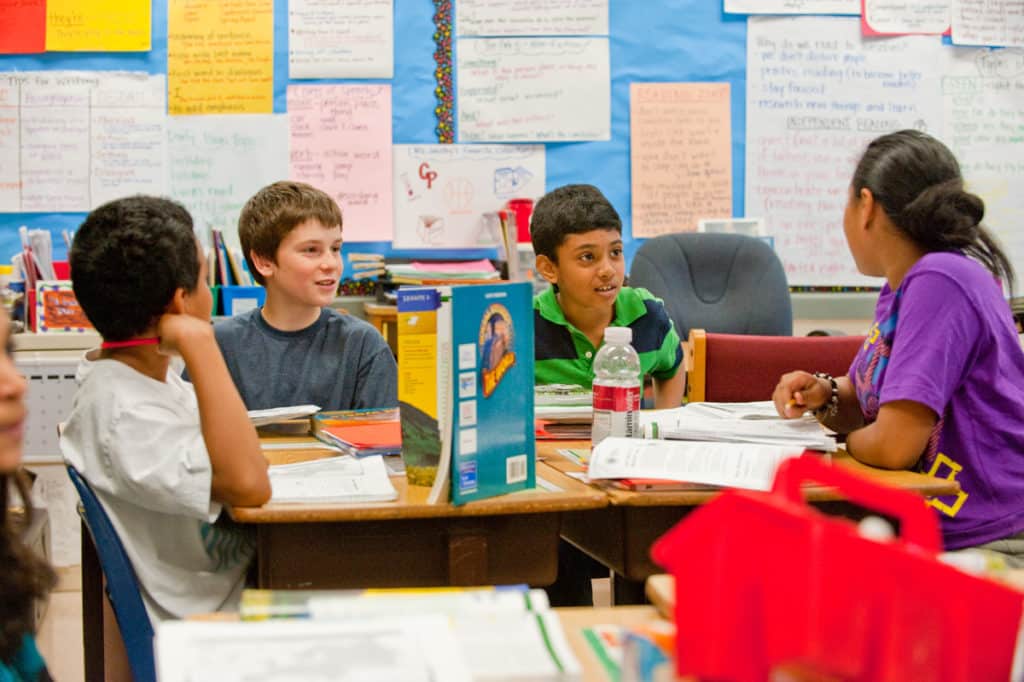
Michelle Gill is a professional development designer at the Center for Responsive Schools, and former educator at Garfield Elementary School in Fairfax County, Virginia. During her time at Garfield, she was part of a transformative Responsive Classroom initiative that established a climate of growth, possibility, and high achievement. We asked Michelle to share her advice on implementing positive, lasting change in a school community.
Over the course of 10 years as a teacher at Garfield, I saw what worked during our school-wide Responsive Classroom implementation, and what posed challenges for administrators, parents, teachers, and students. Currently, my role allows me to work with school leaders to assess Responsive Classroom implementation and plan next steps for the school. My main message is that so often when schools start off with a big push for lots of new initiatives at once, they end up quickly falling by the wayside over the weeks and months, because there is only so much humans can do! So, choosing something, making it a priority, and returning to reflect and celebrate it is KEY!
Here are a few ideas to get started with. Pick one or two, and off you go!
As a teacher, I saw that as changes like these were purposefully and consistently implemented, students were more prepared for academic challenges. On a school level, the sense of belonging, significance, and fun felt by students and staff increased, teachers felt more effective at managing classroom behaviors, and the staff community was more positive and collaborative. The positive effects the learning community had on students’ social-emotional skills continued after students left our school as well! Middle school counselors would often tell us, “We always know who the Garfield students are by their leadership and social skills.”
Transforming learning communities, knowing our students, and being our best selves isn’t about luck. It’s about being thoughtful and purposeful about our approach and our rollout of ideas. While it can be tempting to throw ideas at the proverbial wall to see what sticks, lasting change comes from focusing our approach, learning from mistakes along the way, and applying our learning to move forward.